*Post written by Mona Meyer, Archives and Special Collections Metadata Librarian
The longest reigning British monarch, Elizabeth II, died at the age of 96 on Thursday, September 8, 2022. When Elizabeth Alexandra Mary was born April 21, 1926, there was no expectation that she might someday ascend the throne. Her father, Prince Albert, Duke of York, was the second son of the reigning monarch, George V, making Elizabeth third in line at her birth. Should George V’s eldest son, the future Edward VIII, marry and have children, she would have been further down the line of succession.
History proves that this was not the case. Edward VIII abdicated the throne on December 11, 1936, and Elizabeth’s father became George VI. Elizabeth became the heir presumptive at the age of 10. She was only presumptive because of the possibility that a son might yet be born to her parents. “Primogeniture is a system of inheritance in which a person’s property passes to their firstborn legitimate child upon their death. The term comes from the Latin “primo” which means first, and “genitura” which relates to a person’s birth. Historically, primogeniture favored male heirs, also called male-preference primogeniture. Under this regime, the eldest living son would inherit the entirety of his parent’s estate. A daughter could inherit if and only if she had no living brothers or the descendants of deceased brothers. … Primogeniture was a common method of determining succession in hereditary monarchies throughout the world.”i
Upon the death of George VI on February 6, 1952, Princess Elizabeth became Elizabeth II. The coronation was June 3, 1953.
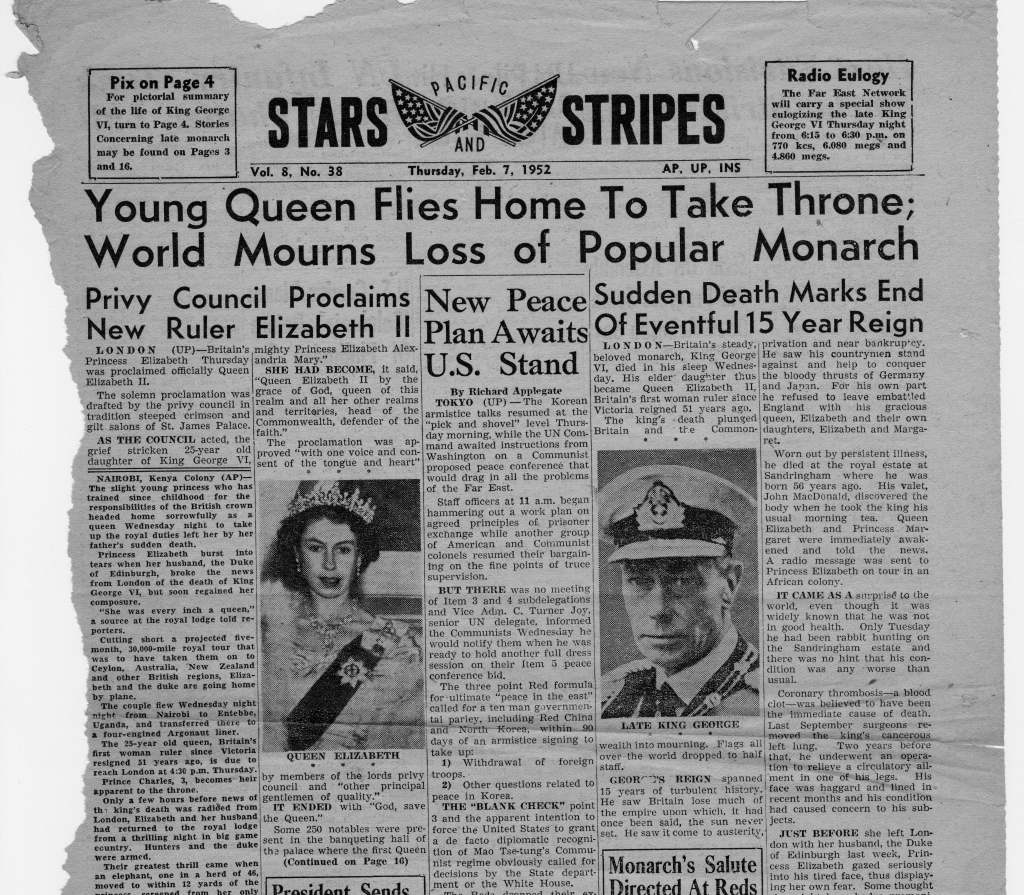

Here are some interesting facts about the ceremony, from the Royal Family website page about the event:
Westminster Abbey has been the setting for every Coronation since 1066. Before the Abbey was built, Coronations were carried out wherever was convenient, taking place in Bath, Oxford and Canterbury.
The Sovereign’s procession was made up of 250 people including Church leaders, Commonwealth Prime Ministers, members of the Royal Household, civil and military leaders and the Yeoman of the Guard.
The Archbishop of Canterbury conducted the service, a duty which has been undertaken since the Conquest in 1066. For the first time in 1953, a representative of another Church, the Moderator of the Church of Scotland, also took part.
A total of 8,251 guests attended The Queen’s Coronation ceremony at Westminster Abbey. 129 nations and territories were officially represented at the Coronation service.
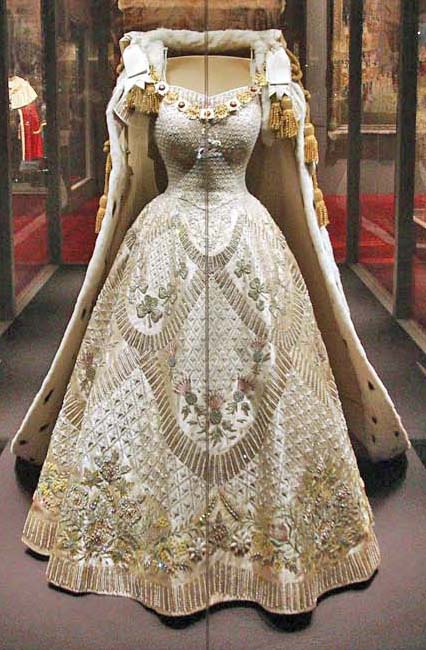
The Queen was crowned in St Edward’s Chair, made in 1300 for Edward I and used at every Coronation since that time. It is permanently kept in Westminster Abbey.
BBC coverage of the Coronation was a breakthrough for the history of broadcasting. It was the first service to be televised and for most people, it was the first time they had watched an event on television. 27 million people in the UK (out of the 36 million population) watched the ceremony on television and 11 million listened on the radio. There were more than 2,000 journalists and 500 photographers from 92 nations on the Coronation route. Among the many foreign journalists was Jacqueline Bouvier (later the First Lady of the United States of America, Jackie Kennedy), who was working for the Washington Times-Herald at the time. (Some sources say that people purchased their first television just to be able to watch this event.)
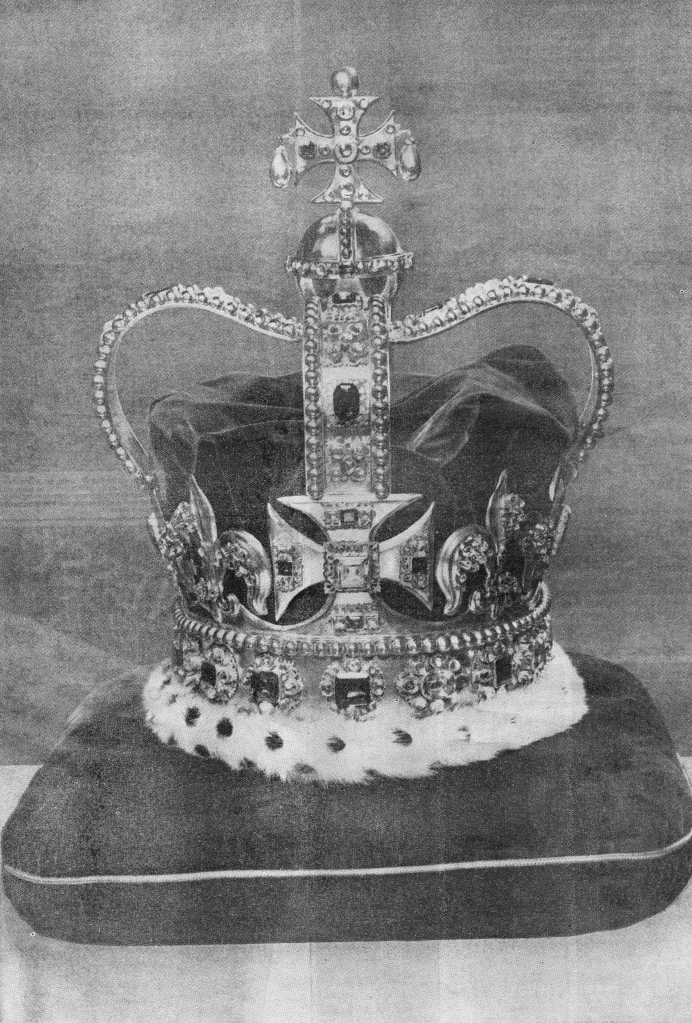
The St. Edward’s Crown, made in 1661, was placed on the head of The Queen during the Coronation service. It weighs 4 pounds and 12 ounces and is made of solid gold. After the crown, the orb, also made in 1661, was the most important piece of regalia. It is a globe of gold surrounded by a cross girdled by a band of diamonds, emeralds, rubies, sapphire and pearls with a large amethyst at the summit.
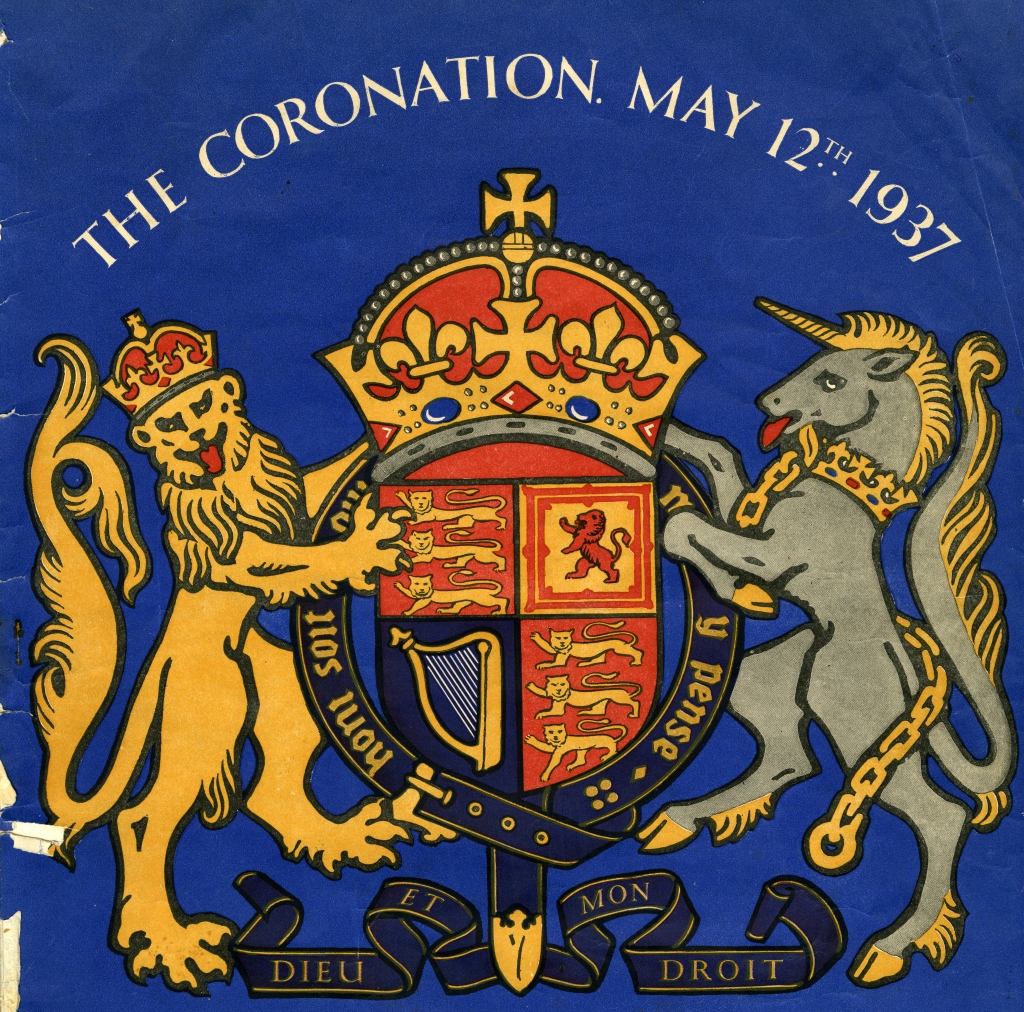


Sometime in the next two weeks the state funeral will be held at Westminster Abbey, and be buried with her parents and sister in Windsor Castle’s King George VI Memorial Chapel. It is likely that her husband, the late Prince Philip, who died April 9, 2021 and was laid to rest in Royal Vault at St George’s Chapel, will be moved to be buried next to her. Her son, Charles, became king immediately upon her death, but no date has been set for his coronation.
On her 21st birthday, April 21, 1947, the then Princess Elizabeth was on a tour of South Africa with her parents and sister. During a radio broadcast, she declared to the commonwealth and the the world how she intended to live her life, “I declare before you all that my whole life whether it be long or short shall be devoted to your service and the service of our great imperial family to which we all belong.”
Mission accomplished.
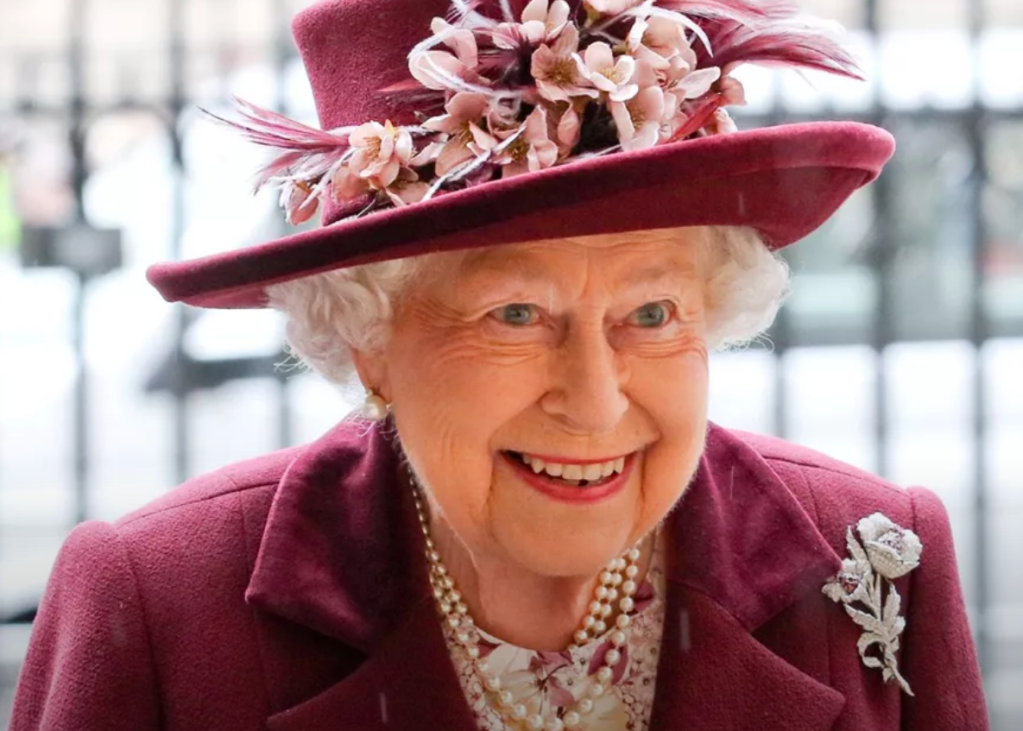
.
Resources Consulted
Burack, Emily. “Where Will Queen Elizabeth Be Buried?” Town and Country, September 8, 2022.
Cornell Law School. Legal Information Institute online. “Primogeniture.”
“50 facts about The Queen’s Coronation.” Royal Family website.
Footnotes
iCornell

